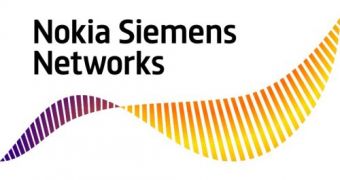Infrastructure telecommunications provider Nokia Siemens Networks has announced today that it is conducting end-to-end LTE interoperability testing with four of the world’s leading mobile phone vendors. The frequency bands the company is testing include AWS, 700 MHz and 2100 MHz, based on the fact that different regions use different frequencies.
According to the infrastructure vendor, the testing includes end-to-end network configuration in accordance with commercial LTE hardware, such as the Flexi Multiradio Base Station and the Evolved Packet Core, as well as the necessary software solutions. The commercial availability of LTE handsets and the interoperability capabilities are one of the main necessities for the commercial launch of the first LTE services.
Nokia Siemens Networks also says that it has recently managed to complete the first end-to-end calls on LTE, and that the new tests mark another important milestone in the commercialization of LTE. The company's LTE radio and Flexi NS and Flexi NG evolved packet core network elements have proved, through the new tests, to be compatible with real LTE terminals and compliant with the LTE standard.
“Nokia Siemens Networks is playing an important role in the LTE ecosystem by enabling leading device vendors to conduct early LTE interoperability testing,” said Marc Rouanne, head of Radio Access, Nokia Siemens Networks. “Our focus is on commercial LTE hardware and software to support early commercial LTE deployments worldwide. Our recent successes demonstrate our focus on LTE development and the needs of our North American customers.”
The new tests have been conducted at the company's LTE center of competence in Dallas. Nokia Siemens Networks has also managed to conduct the first LTE call and handover on a commercial base station and with the standard software solutions. The first LTE services are expected to be deployed at the end of 2009, while the first commercial network should emerge in early 2010. The company already shipped LTE-compatible Flexi Base Station hardware to operators around the world and also rolled out Direct Tunnel functionality.

 14 DAY TRIAL //
14 DAY TRIAL //